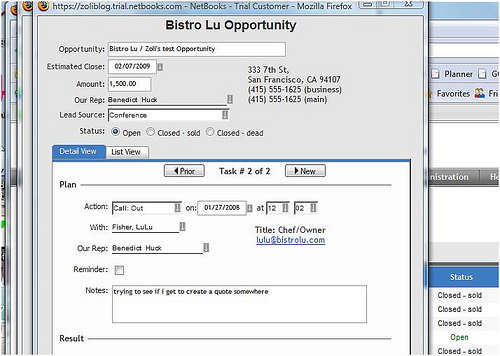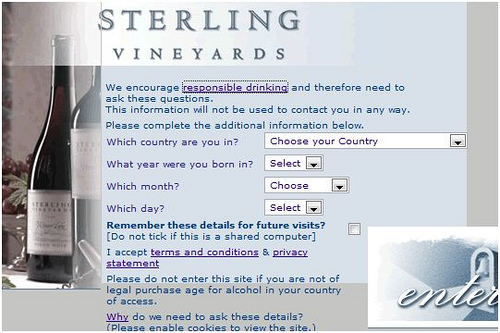 No, I am not implying that TechCrunch is bankrupt, or heading into their own Deadpool. TC has all the signs of doing just fine, with 700K subscribers and loads of advertisers. But they are in the toilet, nevertheless – at least in a certain toilet.
No, I am not implying that TechCrunch is bankrupt, or heading into their own Deadpool. TC has all the signs of doing just fine, with 700K subscribers and loads of advertisers. But they are in the toilet, nevertheless – at least in a certain toilet.
Online file-sharing and collaboration startup Box.net is changing the ancient habit of reading your newspaper in the toilet. (Frankly I never understood this habit, personally I prefer getting out of there as soon as possible, but for many people it’s a true ritual.) The company, which just a year ago was 4 guys cramped together in a two-bedroom live-and-work apartment has grown to 20 employees and picked up two rounds of funding. Flush with VC money, they equipped their restroom with a flat screen that shows an auto-refreshing display of technology news from TechCrunch. No more newspaper in the bathroom!
 I can’t help but wonder about the screen position though. For all I know, this is only for the guys’ entertainment, gals usually face the other way – is Box.net still an all-male team? And, without getting into the very material details, even we boys only perform one “operation” facing that way.., and that’s normally the quicker one. (?)
I can’t help but wonder about the screen position though. For all I know, this is only for the guys’ entertainment, gals usually face the other way – is Box.net still an all-male team? And, without getting into the very material details, even we boys only perform one “operation” facing that way.., and that’s normally the quicker one. (?)
Aaron, care to clarify? 


 Thingamy could possibly be a handy tool for consultants, system integrator firms – but they all have their own army of programmers, toolsets..etc, which makes it an awfully hard sell, IMHO.
Thingamy could possibly be a handy tool for consultants, system integrator firms – but they all have their own army of programmers, toolsets..etc, which makes it an awfully hard sell, IMHO.

 ) is view only – if you recall, it did not take long for Zoho to add
) is view only – if you recall, it did not take long for Zoho to add 


 Sterling Vineyards is one of my favorite destinations in the Napa Valley, and it’s not about the wine.
Sterling Vineyards is one of my favorite destinations in the Napa Valley, and it’s not about the wine. entire lazy day there. Oh, yes, they make good wine, but it’s kind of secondary (well, to me
entire lazy day there. Oh, yes, they make good wine, but it’s kind of secondary (well, to me

 TechMeme is great in threading together relevant posts, but is largely based (so I think…) on direct linking, so of course it could not auto-detect the ironic relationship between:
TechMeme is great in threading together relevant posts, but is largely based (so I think…) on direct linking, so of course it could not auto-detect the ironic relationship between:

Recent Comments